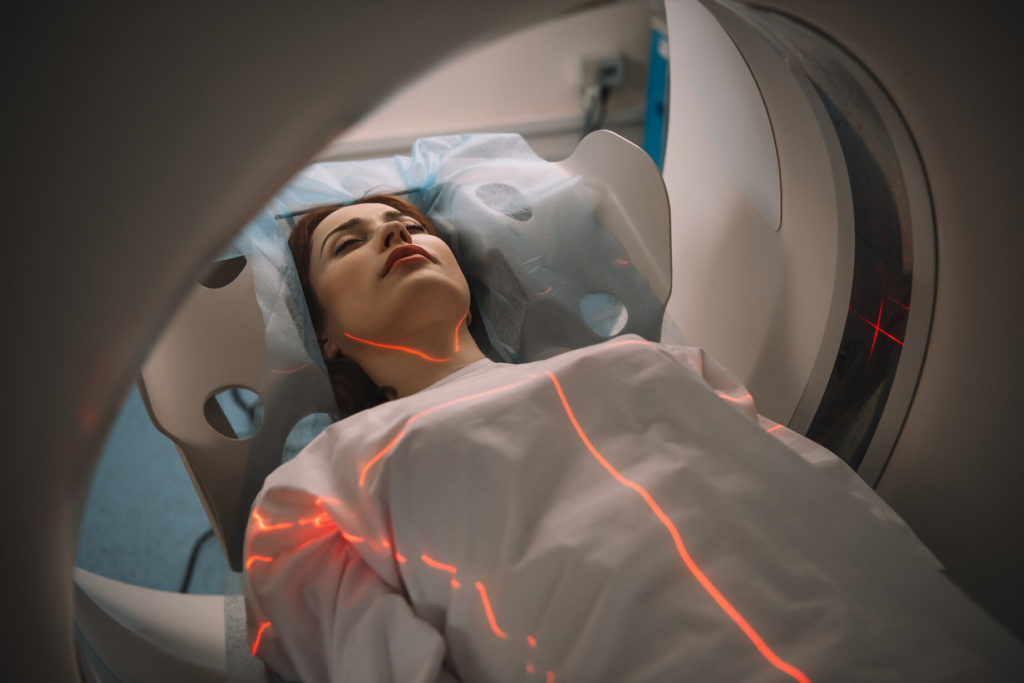
A CT scan or CAT scan can be described as special x-ray tests which are used to produce cross-sectional pictures of the internal aspects of a scanned object without cutting (non-invasive). CT scans are also known as Computerized Axial Tomography. These machines were developed independently by a British engineer. Utilization of this medical imaging equipment has become a mainstay for diagnosing medical diseases.
A few CT scanning facts include:
• A CT scanner allows the doctor or medical practitioner to be able to look inside a body as one would see through the inside of a slice of bread. It is a particular type of x-ray and is frequently used for the diagnosis and evaluation of the brain, neck, spine, abdomen, chest, and sinuses.
• These scanners are also found in outpatient offices, along with being commonly found in hospitals.
• CT scanning is non-invasive and is safe, well tolerated and provides highly detailed imaging of many different parts of the body.
• CT scans allow better evaluation of soft tissues such as the brain, liver, and abdominal organs which may not be very visible in regular x-ray tests.
Multiple different types of CT imaging scans can be utilized. However, to understand the different types of CT scans, it is essential to understand the word “tomography” first. This is a Greek word which comes from 2 separate words, “tomos” and “graphe.”
“Tomos” means slice or section, and “graphe” means drawing. When a patient passes through a CT machine, the opening of the device rotates and takes a series of different x-rays. Each rotation of the device takes around a second only. During that rotation process, beams of radiation are used to create or develop an image of the particular section of the body of the patient inside the opening of the machine.
Initially, a CT scanner could take four separate images for each rotation. Technology has evolved, and currently, CT scanners can make between 6 to 16 separate images in one rotation or a “single slice.” However, there has been a significant improvement in diagnostic imaging equipment capabilities. Recently the new scanners in the market have been known to produce 32, 40, or even 64 images. These scanners would place a significant improvement in CT scanner capabilities. This would allow CT scanners to result in more explicit pictures produced and lower doses of radiation.
Multi-slice means that the time required to produce images is less for the CT scan with low doses of radiation. The critical difference between a single slice and multi-slice scanner is the geometric efficiency of either scanner. CT scanners differ through the number of slices they possess. The slice number would correlate how many images the CT machine could develop per gantry rotation. A Single Slice CT Scanner can acquire one image per gantry rotation.
If you are in the market for purchasing a Single Slice CT machine, Amber Diagnostics has got you covered. Amber Diagnostics guarantees all medical imaging equipment issued are of optimal quality and some of the best in the market. By delivering optimal quality products such as ge x ray machines, Amber Diagnostics also ensures the best services for client satisfaction.